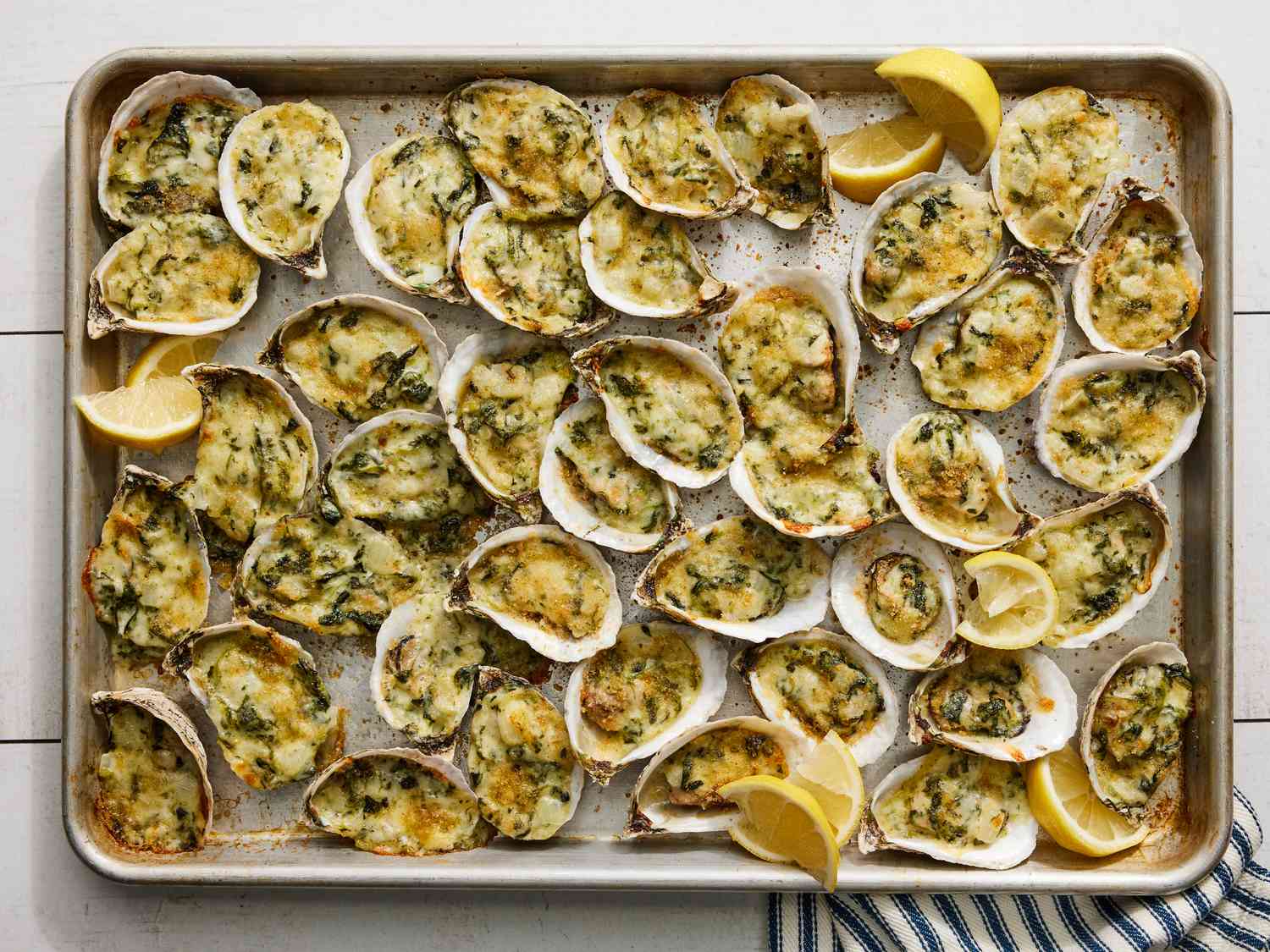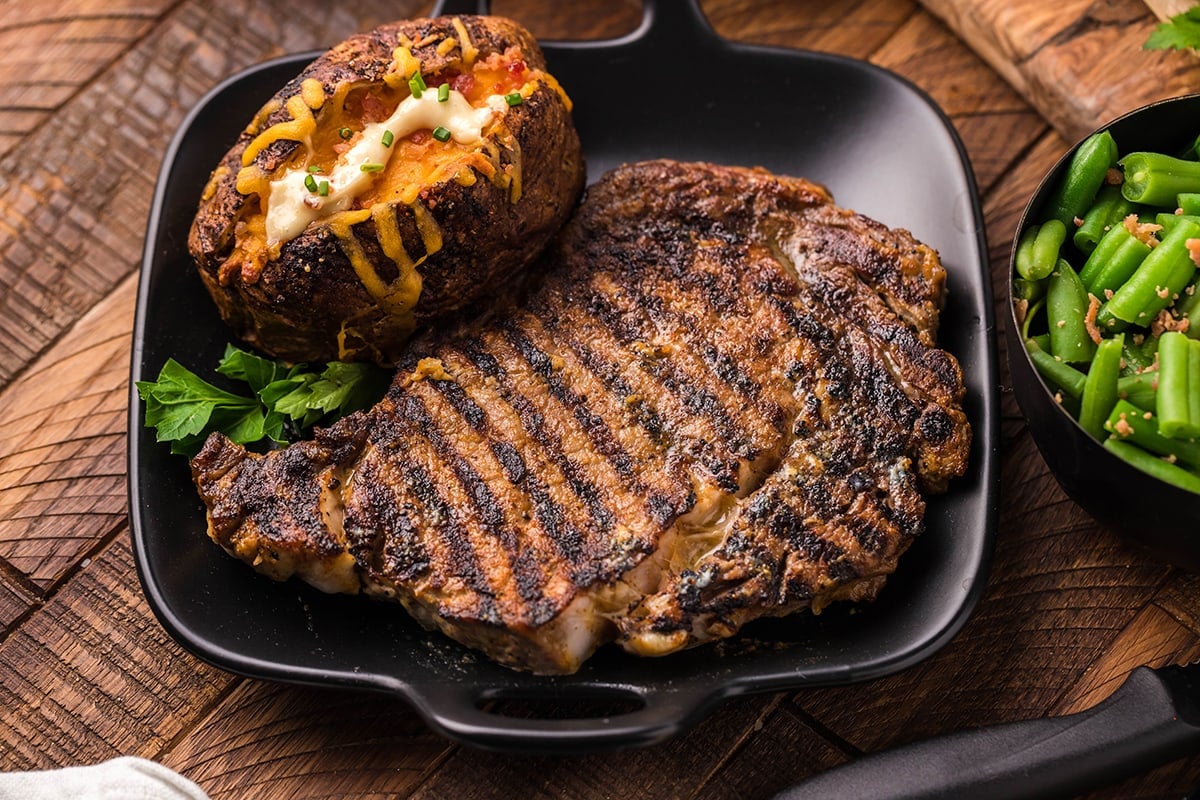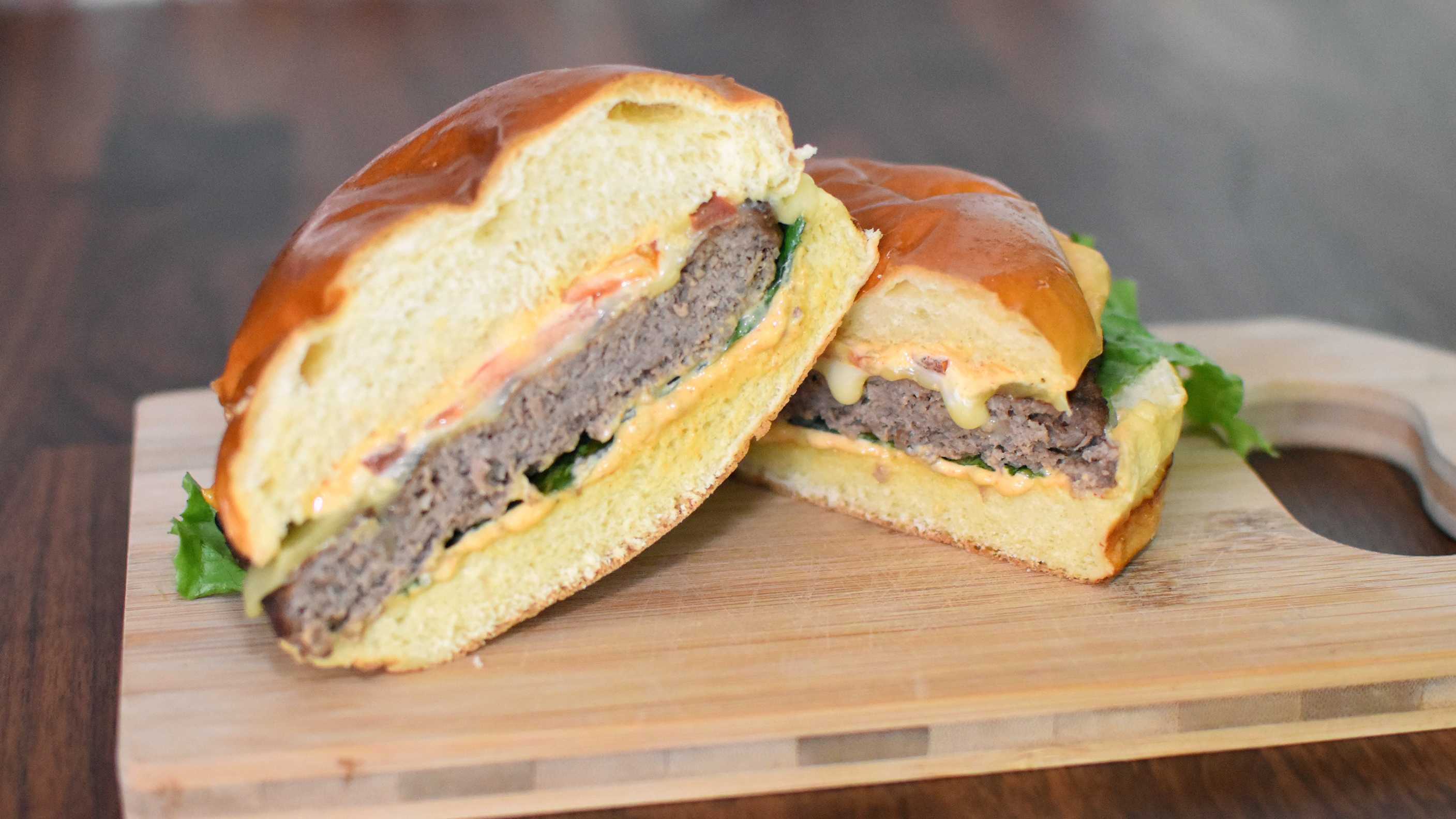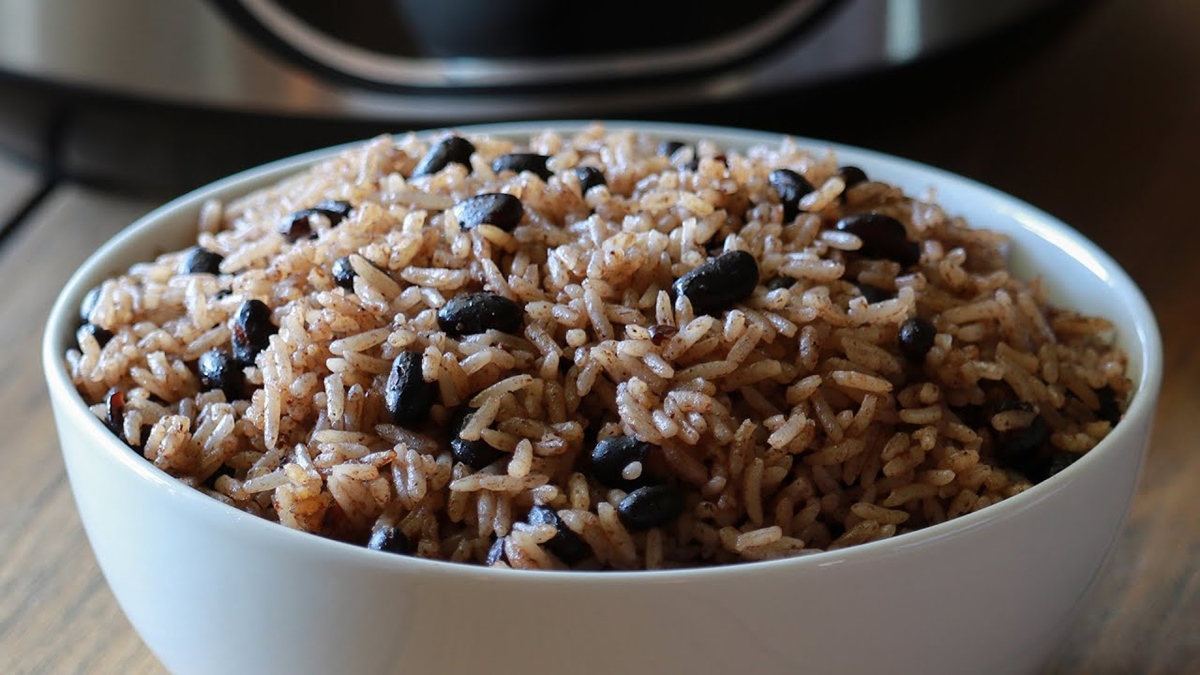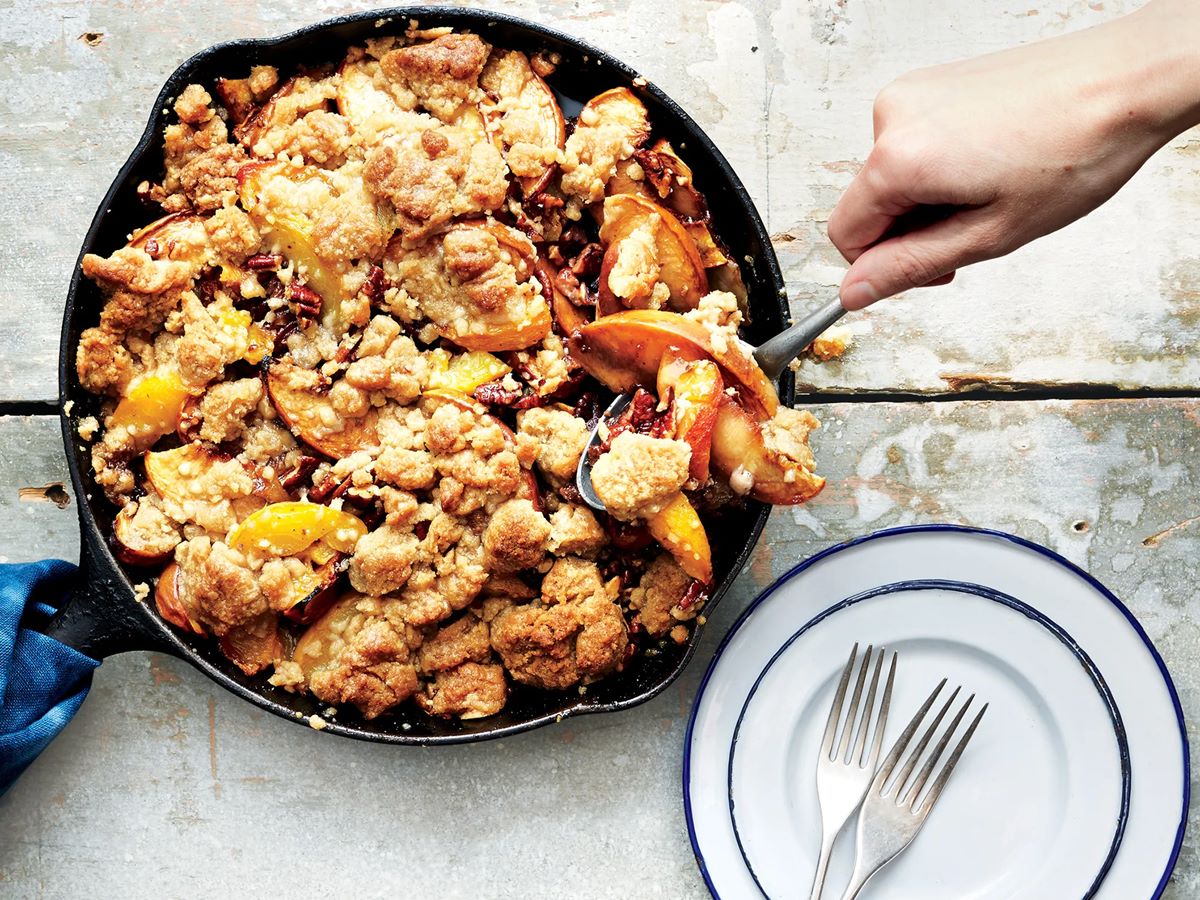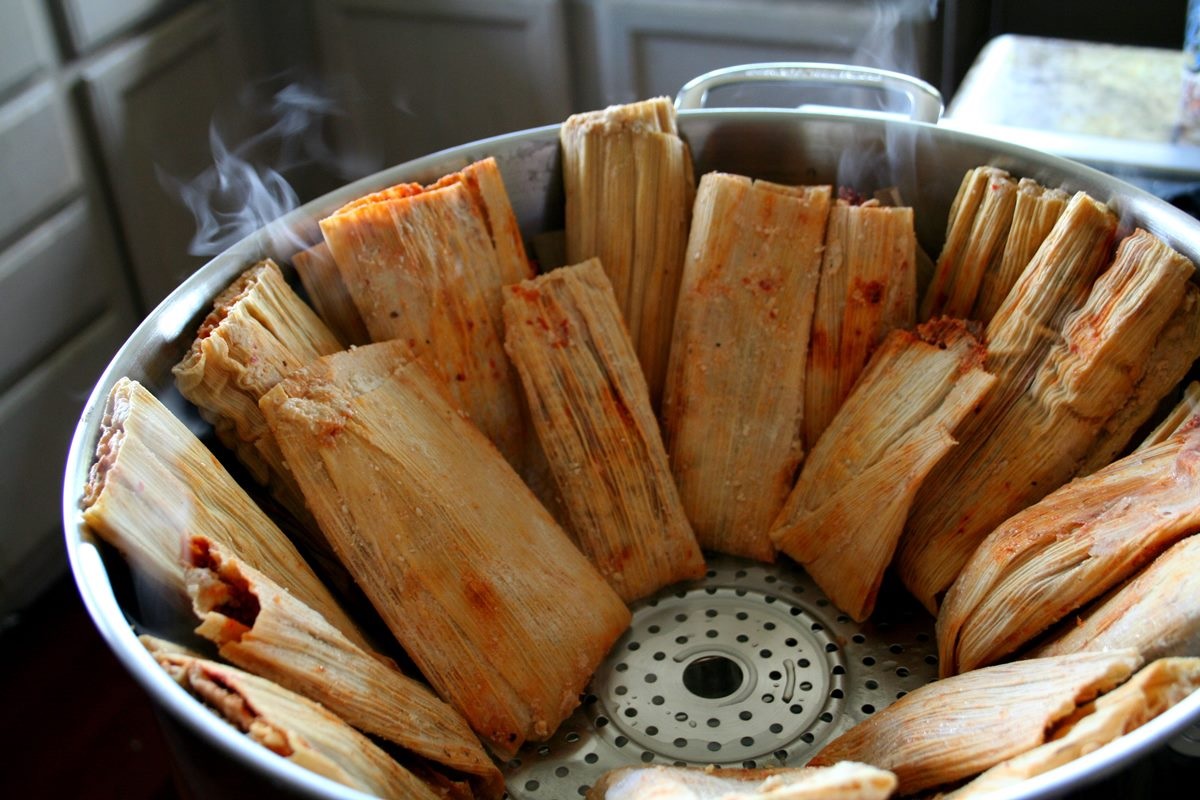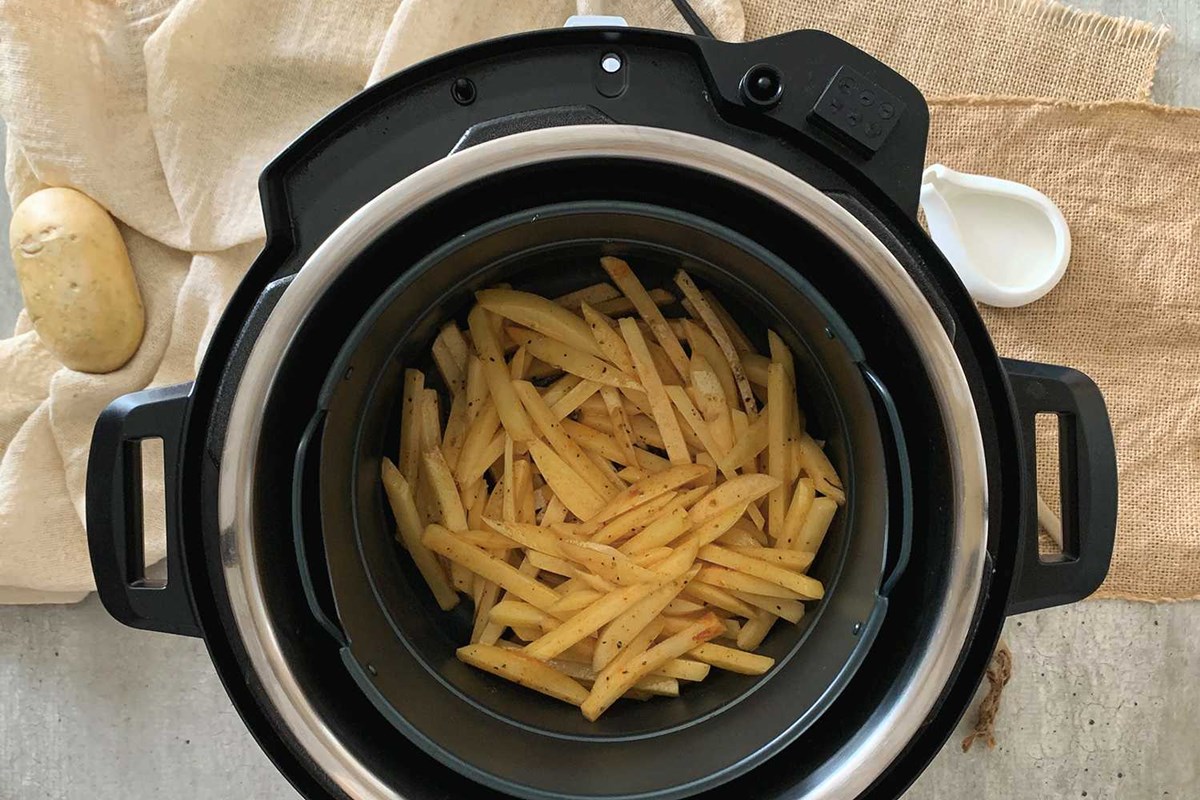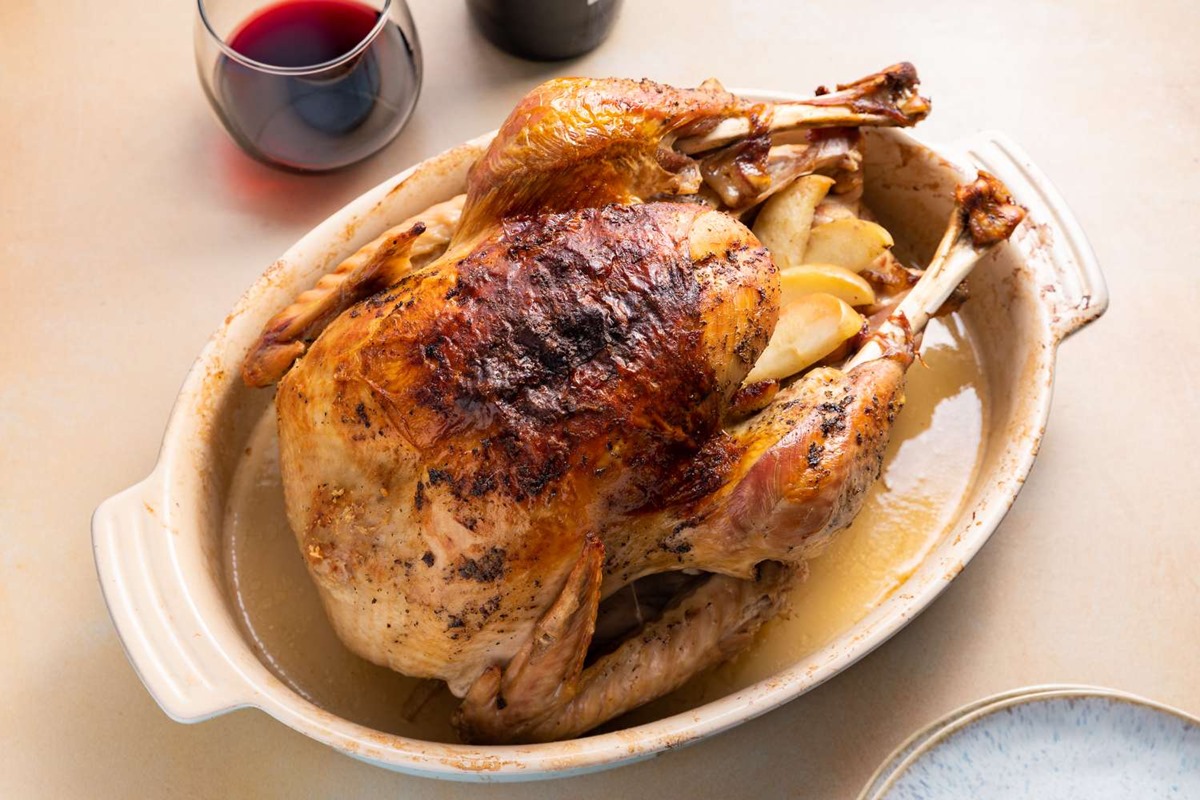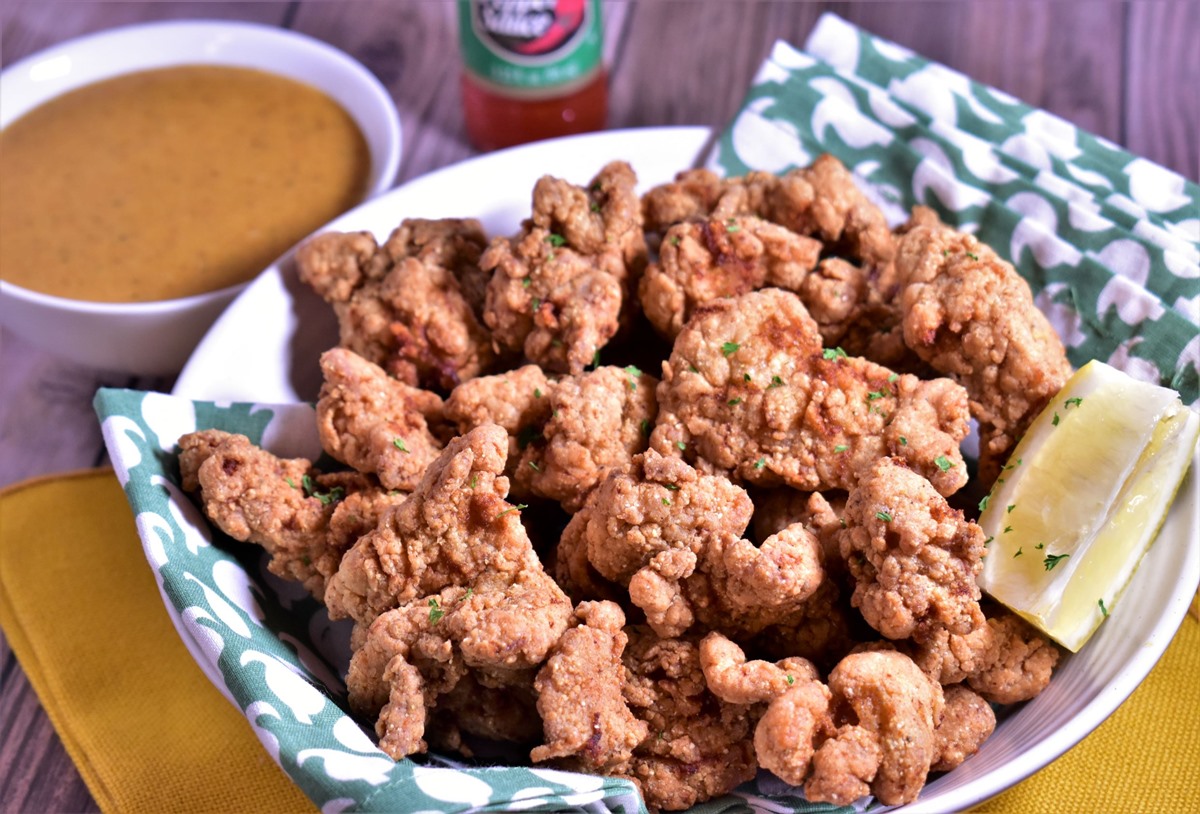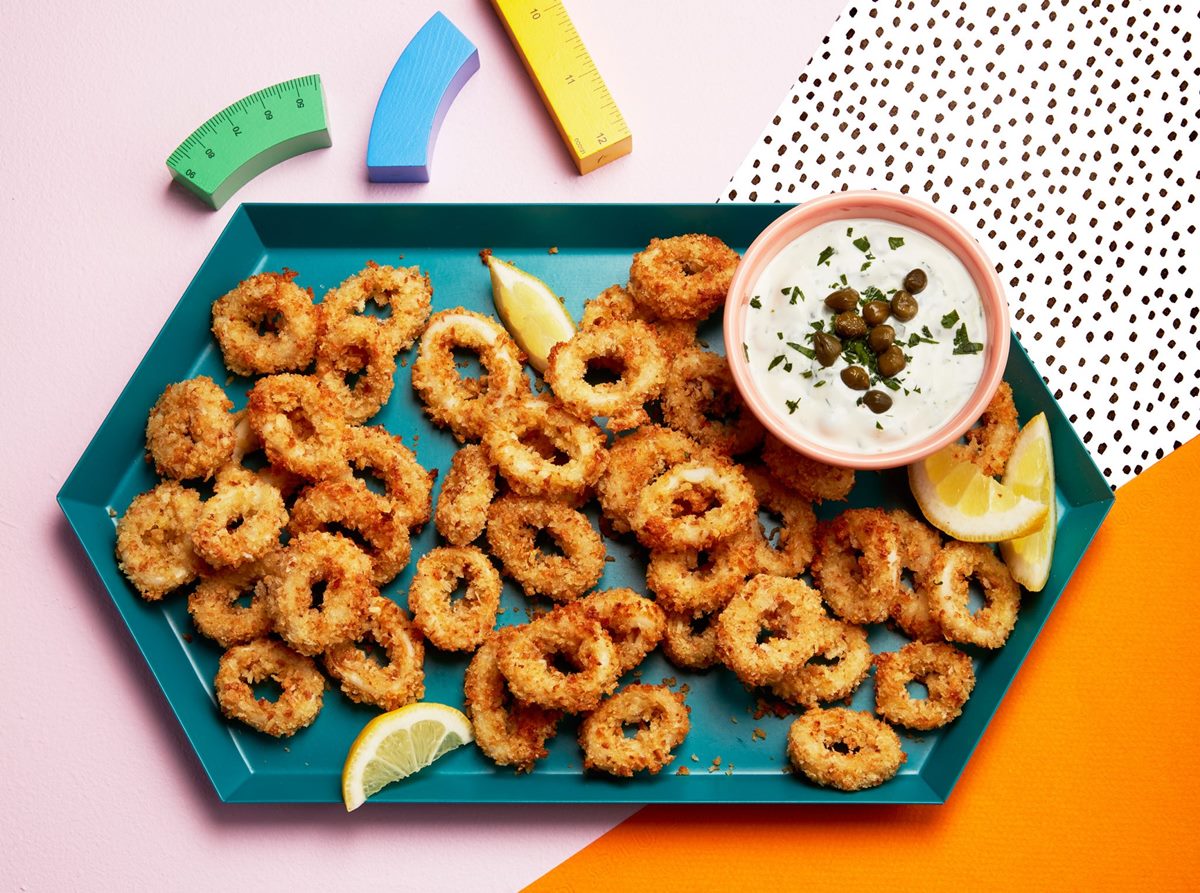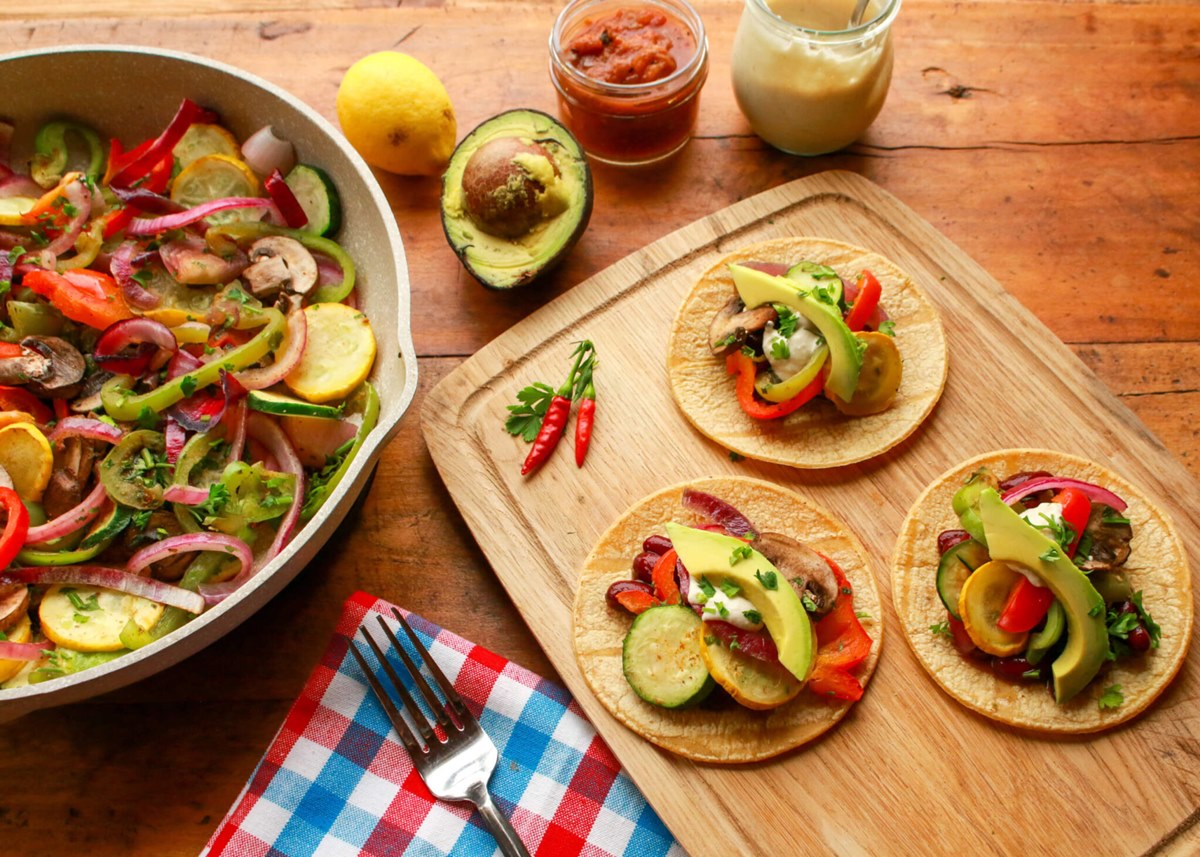Discover the Delight of Cooking Pink Banana Squash
Are you ready to embark on a culinary adventure and try something new? Look no further than pink banana squash. This vibrant and flavorful vegetable is a delightful addition to any kitchen. Whether you’re a seasoned chef or a novice cook, pink banana squash is a versatile ingredient that can elevate your dishes to the next level. Let’s dive into the world of pink banana squash and explore various ways to cook and enjoy it.
What is Pink Banana Squash?
Pink banana squash, also known as pink pumpkin or pink banana pumpkin, is a unique heirloom variety of winter squash. As the name suggests, it resembles a banana in shape, with a beautiful pink color that adds a pop of vibrancy to any table. It has a sweet and creamy flesh with a hint of nuttiness, making it perfect for both savory and sweet dishes.
Choosing the Perfect Pink Banana Squash
When selecting a pink banana squash, look for ones that are heavy for their size and have a firm skin without any soft spots. The skin should be a vibrant pink hue. Avoid any squash with bruises or blemishes, as they may indicate that the squash is past its prime.
Preparing Pink Banana Squash
Before diving into cooking, you need to prepare your pink banana squash. Here’s a step-by-step guide:
- Wash the squash thoroughly to remove any dirt or debris.
- Cut off both ends of the squash using a sharp knife.
- Standing the squash on one end, carefully slice it in half lengthwise. Be cautious as the skin can be tough to cut through.
- Using a spoon, scoop out the seeds and fibrous flesh from the center of each half.
- Once the seeds and flesh are removed, you can choose to peel the skin or leave it intact depending on your recipe.
- Cut the squash into desired shapes, such as cubes or slices, ready to be cooked.
Cooking Methods for Pink Banana Squash
Now that your pink banana squash is prepped, it’s time to get cooking! Below, we’ll explore a few popular cooking methods that bring out the natural flavors of this squash:
1. Roasting:
Preheat your oven to 400°F (200°C). Toss the squash cubes with olive oil, salt, and pepper. Spread them evenly on a baking sheet and roast for about 25-30 minutes, or until the squash is tender and caramelized. Roasted pink banana squash makes a delicious side dish or a flavorful addition to salads and grain bowls.
2. Soup:
For a comforting and creamy soup, sauté diced onions and garlic in a pot until translucent. Add cubed pink banana squash, vegetable broth, and your choice of herbs and spices. Simmer until the squash is soft, then purée the mixture until smooth using a blender or immersion blender. Finish with a drizzle of cream and a sprinkle of herbs for a delightful bowl of pink banana squash soup.
3. Stir-frying:
Stir-frying pink banana squash brings out its natural sweetness while adding a delightful crunch. Heat a tablespoon of oil in a wok or skillet over medium-high heat. Add thinly sliced squash along with your favorite veggies and a splash of soy sauce or teriyaki sauce. Stir-fry for a few minutes until the squash is tender yet still retains some texture. Serve hot over steamed rice or noodles for a quick and healthy meal.
4. Desserts:
Don’t be afraid to incorporate pink banana squash into your dessert recipes! Its natural sweetness and velvety texture make it a great addition to pies, cakes, and even ice creams. Try baking slices of pink banana squash with cinnamon and brown sugar for a delightful dessert that is both comforting and nutritious.
Get Creative with Pink Banana Squash
Pink banana squash is a blank canvas waiting for your culinary creativity. Experiment with different spices, herbs, and cooking techniques to make this versatile vegetable the star of your next meal. Whether you’re roasting, soup-making, stir-frying, or even baking it into desserts, pink banana squash is sure to leave your taste buds in awe.
So, why not take a leap and explore the world of pink banana squash? Its vibrant color, rich flavor, and endless culinary possibilities are waiting to be discovered. Head to your local market, grab a pink banana squash, and let it inspire you to create delicious and memorable dishes!
For those looking to explore the versatility of pink banana squash, there are several recipes worth trying. Start with Roasted Pink Banana Squash with Herbs for a simple yet flavorful introduction to this ingredient. If you're in the mood for something creamy, give Creamy Pink Banana Squash Soup a go; it's a comforting dish that's perfect for colder weather. For a healthier option, Pink Banana Squash and Quinoa Salad combines the sweetness of the squash with the nutty flavor of quinoa. If you're feeling adventurous, Pink Banana Squash Curry offers a delightful blend of spices and textures. And for those with a sweet tooth, Pink Banana Squash Pie is a fantastic way to end any meal on a high note. These recipes not only highlight the unique flavor of pink banana squash but also provide a variety of ways to incorporate it into your meals.
Was this page helpful?
Read Next: How To Cook The Small Thai Eggplants
